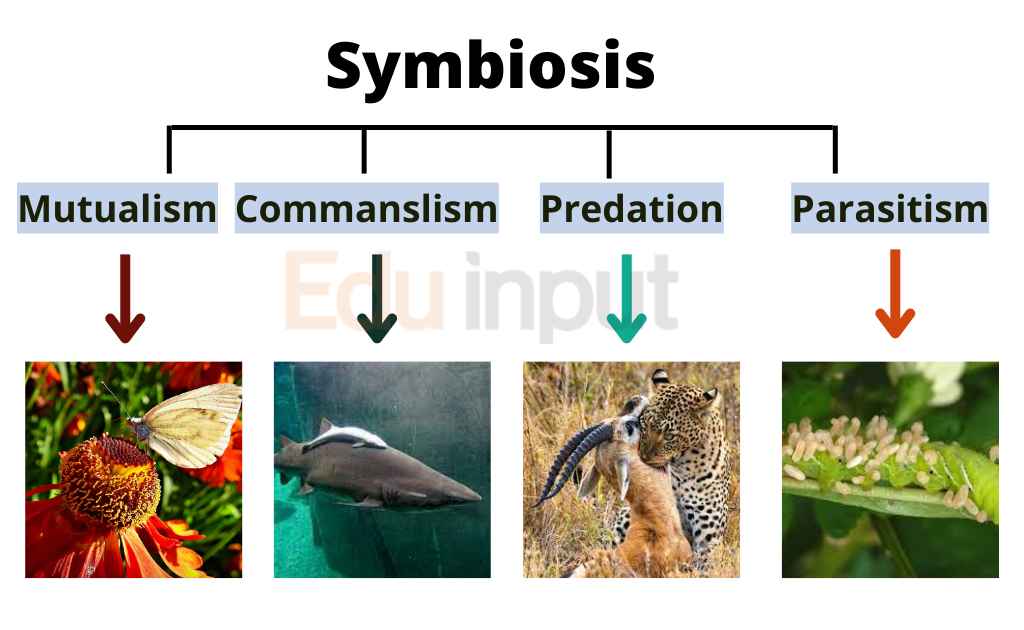What is Hyphae?-Definition, Structure, and Types
Hyphae are long thread-like structures that are present in Fungi. These hyphae are responsible for the growth of the fungus and its reproduction. Hyphae are fungal filaments that are present in all types of fungi. These hyphae have a variety of uses depending on the type of fungus. In some cases, they act as a means of transport for food and water while others use them to help break down materials.
Structure And Composition Of Hyphae
In general, hyphae are composed of three different parts. The first is the cytoplasm, which is the fluid inside the cells. Next is the cell wall, which is a tough membrane that surrounds the entire hypha. Finally, there is the plasma membrane, which is the outermost layer of the cell.
The structure of hyphae varies greatly between species.
The hyphal tip is the region where growth occurs and contains the nucleus and mitochondria. The hyphal body is the region between the tip and the base of the hypha. In some species, the hyphal body may have vacuoles containing digestive enzymes. The hyphal apex is at the end of the hypha and is characterized by the presence of microtubules.
Role Of Hyphae In Reproduction
In filamentous fungi, the hyphal tips undergo mitosis and cytokinesis, resulting in two daughter cells. These processes occur in the hyphal body and then continue down the hypha until the hyphal tip is reached. At the hyphal tip, the daughter cells separate and move away from each other. The daughter cells then elongate and differentiate into specialized structures called conidia.
Types Of Hyphae
There are two basic forms of hyphal structures.
Monokaryotic Hyphae
monokaryotic hyphae, which are single-celled. Monokaryotic hyphae are often found in mushrooms and are responsible for transporting nutrients throughout the mushroom. Monokaryotic hyphae is a type of fungal mycelium that grows in a single thread, branching out at right angles. These threads are called monokaryons.
A monokaryon is a single-celled organism that contains only one nucleus. In contrast, a polykaryon is a multi-cellular organism that contains many nuclei. Monokaryotic hyphae are generally long and thin.
Polykaryotic Hyphae
Another type of hyphae is called polykaryotic hyphae. Polykaryotic hyphae consist of many nuclei and are responsible for breaking down the material of filaments. These filaments are called polykaryons. A polykaryon is composed of many cells that each have its nucleus.
Polykaryotic hyphae tend to be shorter and thicker. Both types of hyphae have similar functions, but their differences make them useful in different ways.





Leave a Reply